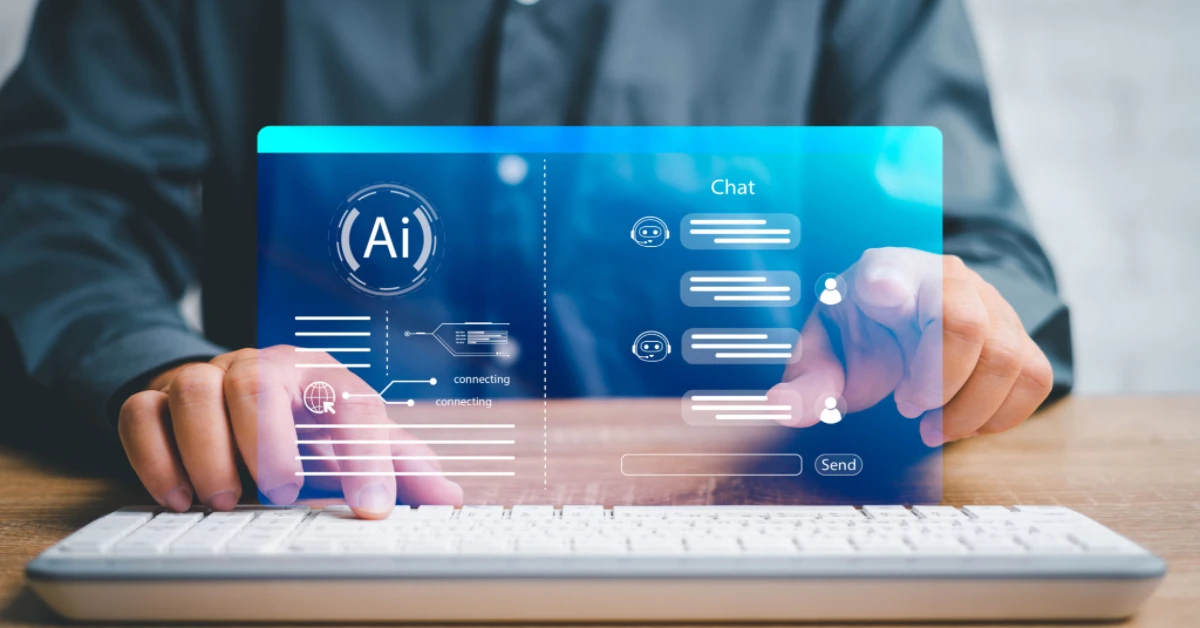Customer support is a critical function for any business, but it often comes with challenges such as high operational costs, long response times, and the need for 24/7 availability. AI-powered chatbots, built on FileBrain Pro, can address these challenges by automating routine inquiries, providing instant responses, and freeing up human agents to handle more complex issues. This use case explores how a customer support chatbot can transform customer service operations, with a focus on potential benefits, real-world applications, and measurable outcomes. Learn more about our AI-powered chatbots on our main site.
The Problem with Traditional Customer Support
High Operational Costs
Hiring and training customer support agents is expensive. For example, a mid-sized company with 50 support agents can spend upwards of $1.5 million annually on salaries alone.
Long Response Times
90% of customers rate an "immediate" response as essential when they have a customer service question.
Inconsistent Service Quality
Human agents may provide inconsistent answers due to fatigue, lack of training, or miscommunication.
Limited Availability
Most businesses cannot afford to offer 24/7 support, leading to frustrated customers in different time zones.
How a Customer Support Chatbot Can Help
AI-powered chatbots can address these challenges by:
Automating Routine Inquiries
Chatbots can handle up to 80% of repetitive questions, such as FAQs, order tracking, and basic troubleshooting, according to IBM.
Providing Instant Responses
Chatbots can respond to customer queries in seconds, reducing wait times and improving customer satisfaction.
Ensuring Consistency
AI chatbots deliver consistent answers, reducing the risk of miscommunication or errors.
Operating 24/7
Chatbots can provide round-the-clock support without additional staffing costs.
Routine Queries Automated
Cost Reduction
Availability
Potential Benefits
Here's a breakdown of the potential benefits a customer support chatbot can deliver:
Cost Savings
• Reduced Labor Costs
By automating routine tasks, chatbots can reduce the need for large support teams. For example, a company with 10,000 monthly queries could save up to $200,000 annually by automating 70% of inquiries.
• Scalability
Chatbots can handle thousands of queries simultaneously, eliminating the need to hire additional agents during peak periods.
Improved Efficiency
• Faster Resolution Times
Chatbots can resolve simple queries in under a minute, compared to an average of 10 minutes for human agents.
• Increased Agent Productivity
By handling routine tasks, chatbots free up human agents to focus on complex issues, improving overall team efficiency.
Enhanced Customer Experience
• 24/7 Availability
Customers can get help anytime, leading to higher satisfaction rates.
• Personalized Interactions
Advanced chatbots can use customer data to provide personalized recommendations and solutions.
Data-Driven Insights
• Analytics and Reporting
Chatbots can track customer interactions, providing valuable insights into common issues, customer preferences, and areas for improvement.
Realistic Scenarios and Outcomes
E-Commerce Business
• Scenario
An online store receives 5,000 customer queries monthly, with 70% being routine questions about order status, returns, and product details.
• Potential Outcomes
- → Automating 70% of queries could save the company approximately $84,000 annually
- → Response times could drop from 10 minutes to under 1 minute for routine inquiries
- → Customer satisfaction scores (CSAT) could increase by 15-20% due to faster and more consistent support
Telecommunications Company
• Scenario
A telecom provider handles 20,000 support tickets monthly, with 60% related to billing inquiries, service outages, and plan upgrades.
• Potential Outcomes
- → Automating 60% of queries could save the company $240,000 annually
- → Resolution times for common issues could drop by 80%, from 15 minutes to 3 minutes
- → The chatbot could reduce call center volume by 50%, allowing agents to focus on high-value tasks
SaaS Company
• Scenario
A software company receives 3,000 support requests monthly, with 50% related to account setup, troubleshooting, and feature explanations.
• Potential Outcomes
- → Automating 50% of queries could save the company $60,000 annually
- → The chatbot could reduce the average resolution time from 20 minutes to 5 minutes
- → Customer retention rates could improve by 10% due to faster and more reliable support
Key Features of an Effective Customer Support Chatbot
Natural Language Processing
Enables the chatbot to understand and respond to customer queries in a conversational manner.
CRM Integration
Allows the chatbot to access customer data and provide personalized responses.
Multilingual Support
Ensures the chatbot can serve customers in different languages.
Smart Escalation
Provides a seamless handoff to human agents for complex issues.
Industry Trends and Research
According to Gartner, by 2027, chatbots will become the primary customer service channel for 25% of businesses.
Juniper Research estimates that chatbots will save businesses $11 billion annually by 2023, up from $6 billion in 2018.
IBM reports that businesses can reduce customer service costs by up to 30% by implementing AI-powered chatbots.
Key Takeaway
A customer support chatbot is not just a tool for automating repetitive tasks - it's a strategic asset that can transform your customer service operations. By reducing costs, improving efficiency, and enhancing the customer experience, chatbots offer a compelling solution for businesses of all sizes. While the exact outcomes will depend on your specific use case and implementation, the potential benefits are clear and supported by industry research.
